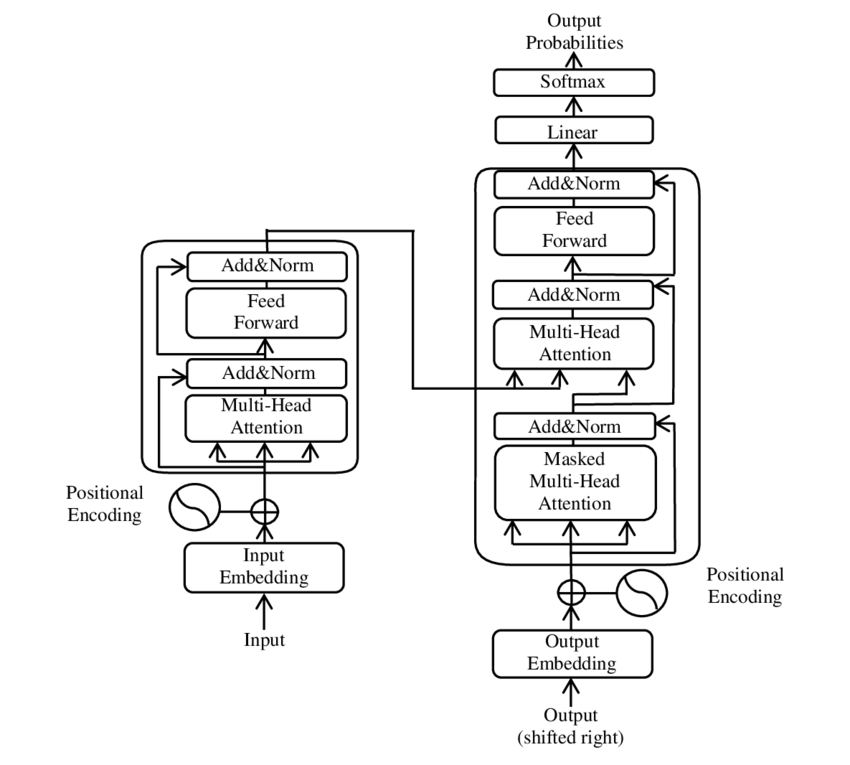|
Retrieval-augmented Generation
Retrieval-augmented generation (RAG) is a technique that enables large language model, large language models (LLMs) to retrieve and incorporate new information. With RAG, LLMs do not respond to user queries until they refer to a specified set of documents. These documents supplement information from the LLM's pre-existing training data. This allows LLMs to use domain-specific and/or updated information that is not available in the training data. For example, this helps LLM-based chatbot, chatbots access internal company data or generate responses based on authoritative sources. RAG improves large language models (LLMs) by incorporating information retrieval before generating responses. Unlike traditional LLMs that rely on static training data, RAG pulls relevant text from databases, uploaded documents, or web sources. According to ''Ars Technica'', "RAG is a way of improving LLM performance, in essence by blending the LLM process with a web search or other document look-up process ... [...More Info...] [...Related Items...] OR: [Wikipedia] [Google] [Baidu] |
Large Language Model
A large language model (LLM) is a language model trained with self-supervised machine learning on a vast amount of text, designed for natural language processing tasks, especially language generation. The largest and most capable LLMs are generative pretrained transformers (GPTs), which are largely used in generative chatbots such as ChatGPT or Gemini. LLMs can be fine-tuned for specific tasks or guided by prompt engineering. These models acquire predictive power regarding syntax, semantics, and ontologies inherent in human language corpora, but they also inherit inaccuracies and biases present in the data they are trained in. History Before the emergence of transformer-based models in 2017, some language models were considered large relative to the computational and data constraints of their time. In the early 1990s, IBM's statistical models pioneered word alignment techniques for machine translation, laying the groundwork for corpus-based language modeling. A sm ... [...More Info...] [...Related Items...] OR: [Wikipedia] [Google] [Baidu] |
